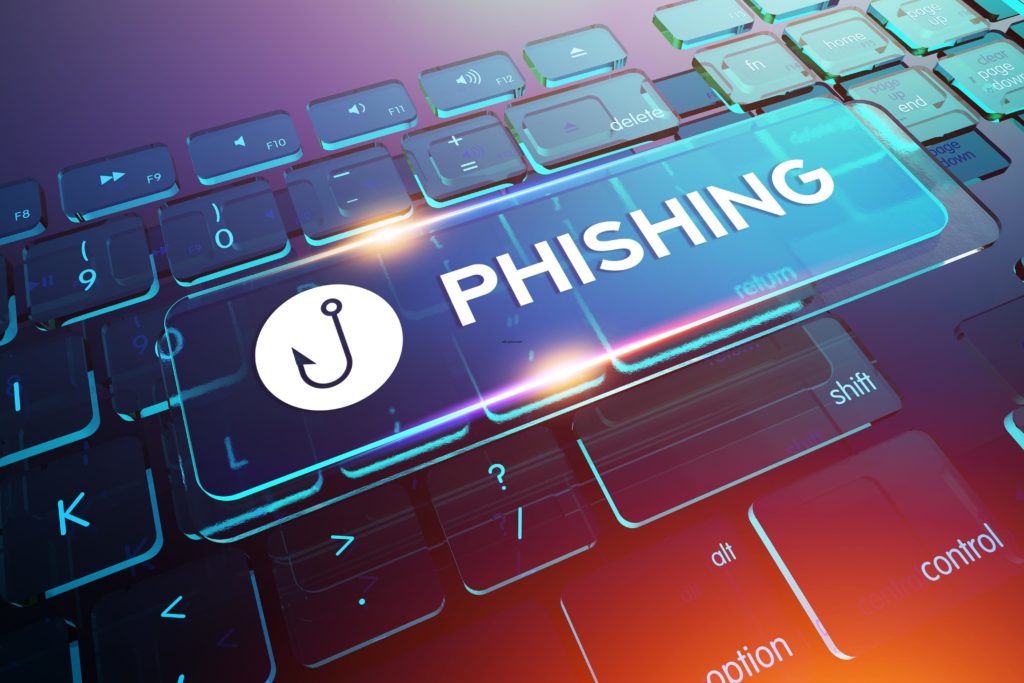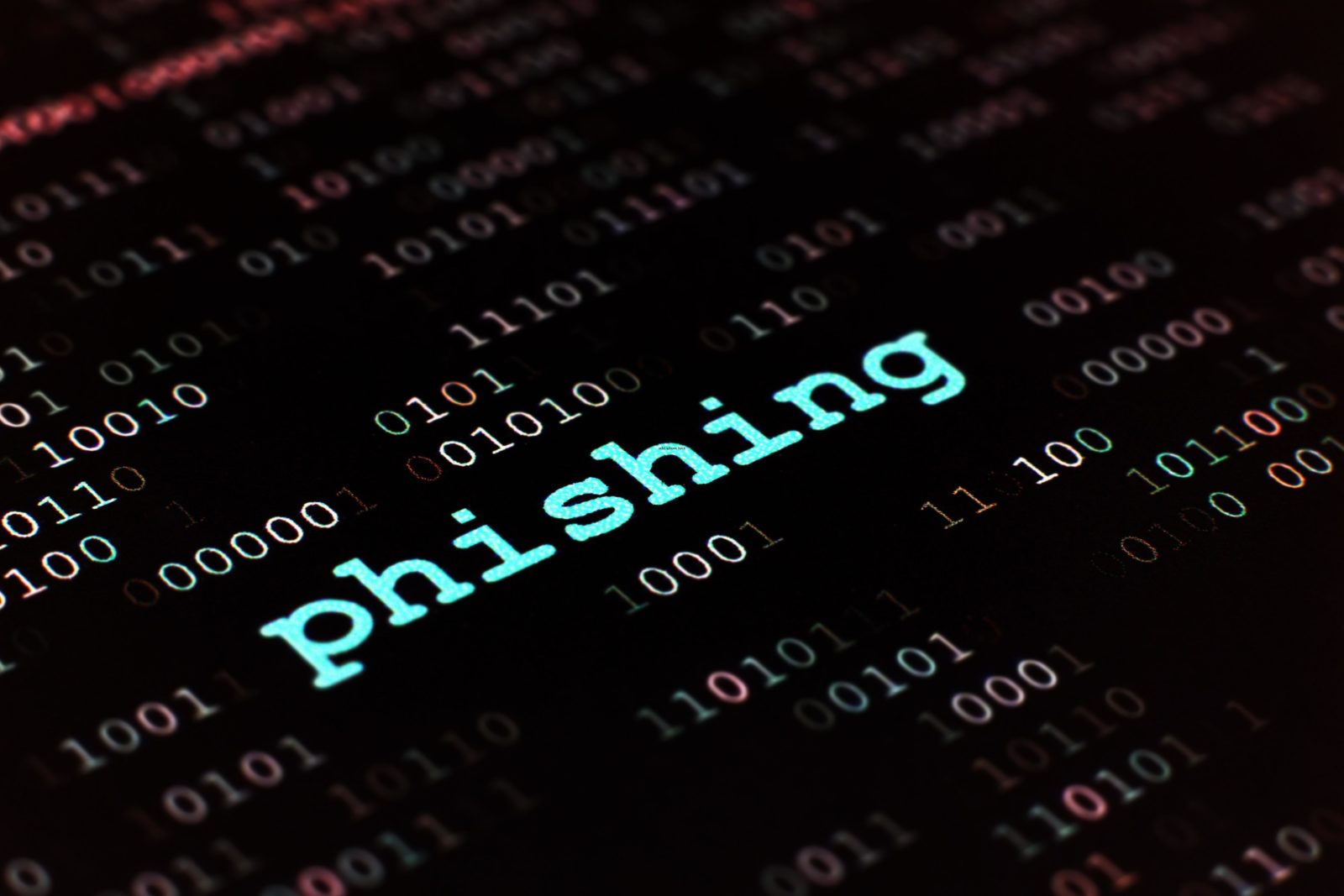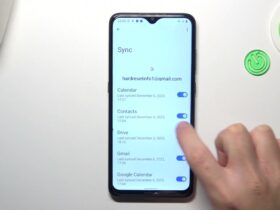Phishing emails are nothing new. They’ve been around for years, and most people know how to spot them by now. So why are they still such a problem? The answer is simple: because they work. People still fall for them, time and time again.
The thing about phishing emails is that they often look very legitimate. They might include images of the company’s logo or even the contact information of someone in authority at the company. This can make them very difficult to detect, especially if you’re not familiar with the company’s branding.
But there are some ways to tell if an email might be a phishing attempt. This article will focus on image-based phishing emails and tips on how to detect them.
What Are Phishing Emails?

Phishing emails are a type of email scam in which criminals send spoofed messages designed to trick victims into revealing personal information or clicking on malicious links.
Phishing attacks can result in the theft of sensitive data, such as login credentials and credit card numbers, or the installation of malware on the victim’s device.
While phishing attacks can be aimed at anyone, they are often targeted at businesses in an attempt to gain access to corporate networks. In recent years, there have been a number of high-profile phishing attacks that have resulted in devastating data breaches.
Why Image-Based Phishing Emails Dangerous?

Phishing emails that include images can be particularly dangerous because they often appear more realistic. The inclusion of the company’s logo or an authoritative figure’s contact information can easily fool the unsuspecting victim into thinking the email is genuine.
Some phishing attempts use images in order to disguise links. These links may lead to websites that ask for personal information, or they may download malware onto the victim’s device.
Images can also be used to hide the true sender of the email. Phishing emails often use spoofed email addresses in order to appear as if they are coming from an original source, and images can mask this deception.
More: What Is E2E & P2P Encryption – Are They Really Important?
How Can You Detect Image-Based Phishing Emails?

As discussed, Image-based phishing is a type of phishing email that uses images instead of text in order to trick recipients into clicking on a link.
Here are some tips for how to detect image-based phishing emails:
Tip #1 – Look for misspellings and poor grammar: Many phishing emails are not written by native English speakers, so they may contain obvious spelling and grammatical errors. If you see an email with multiple mistakes, it may be a phishing attempt.
Tip #2 – Examine the sender’s address: Phishing emails often come from addresses that spoof a trusted organization or website. For example, an email might come from “[email protected]” instead of “[email protected].” Be suspicious of any email that comes from an address that looks similar to a legitimate one but contains slight changes or misspellings.
Tip #3 – Check the message for suspicious content: Even if an email appears to come from a trusted source, the message itself may contain clues that it is not real. For example, the email may contain urgent language or threats, or it may try to create a sense of urgency by saying that the recipient’s account will be suspended unless they take immediate action. If an email contains any of these red flags, it is likely to be a phishing attempt.
Tip #4 – When in doubt, do not click: If you are ever unsure whether an email is legitimate, do not click on any links it contains. You can always contact the purported sender directly to confirm their identity before taking any action.
More: What is Single Factor Authentication? Pros & Cons – Complete Guide
By following these steps, you can protect yourself from image-based phishing scams. Always remain cautious and trust your instincts when it comes to suspicious emails.











